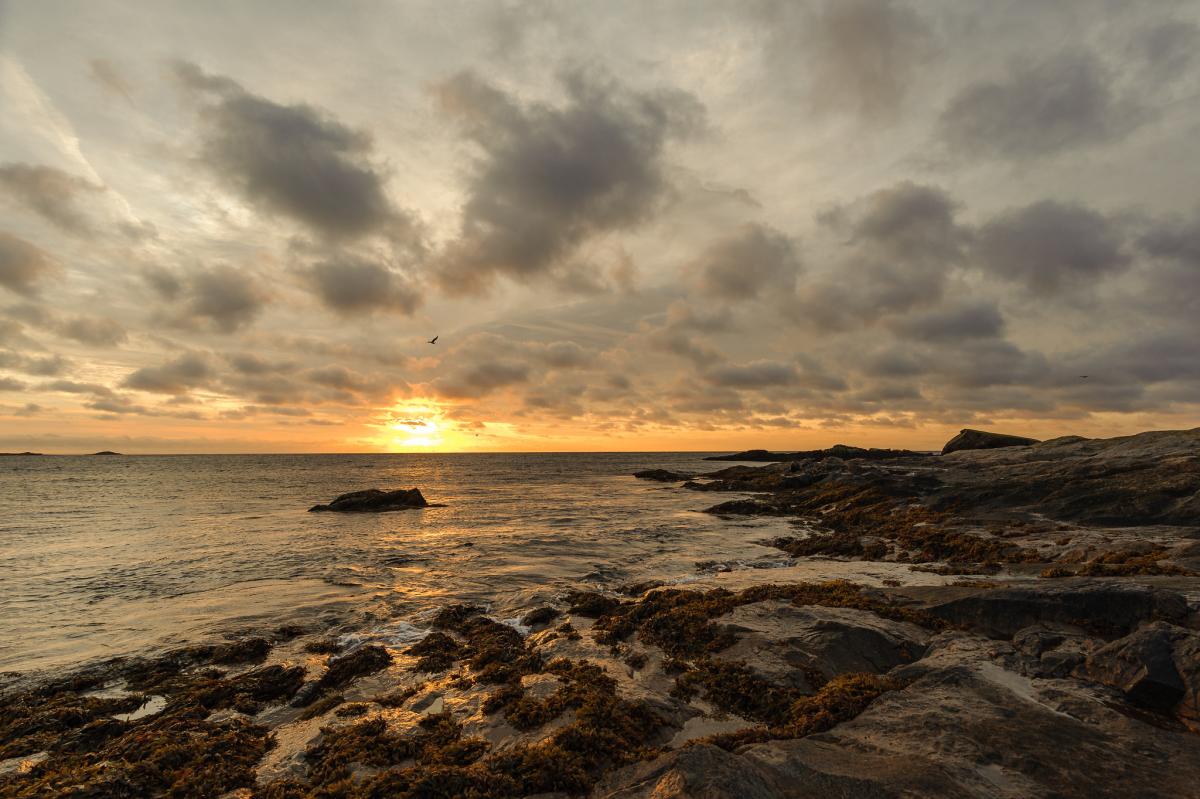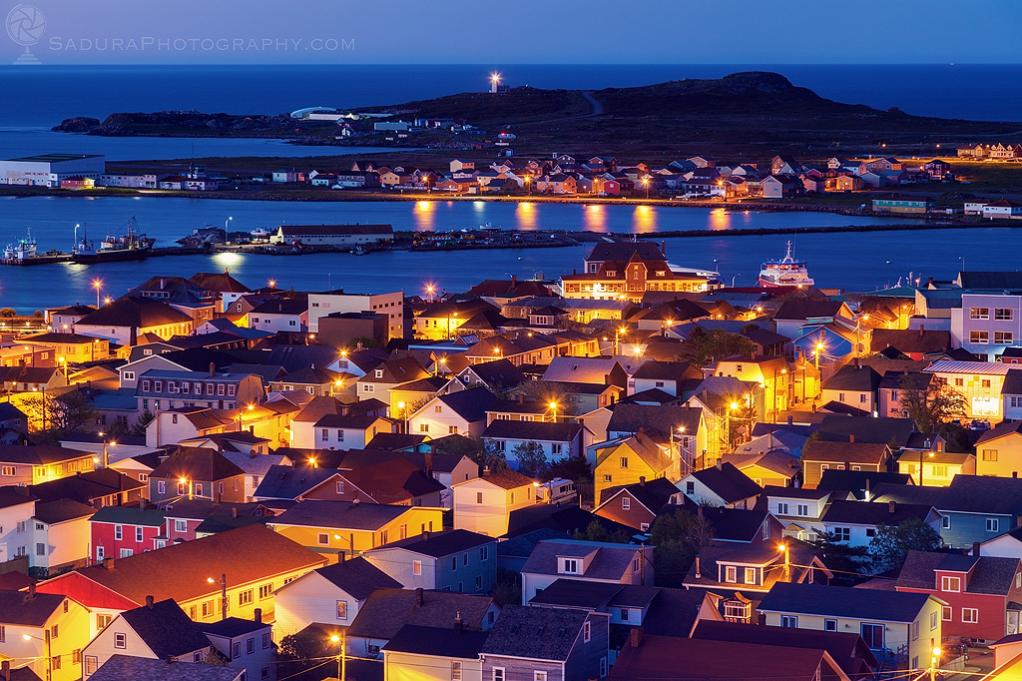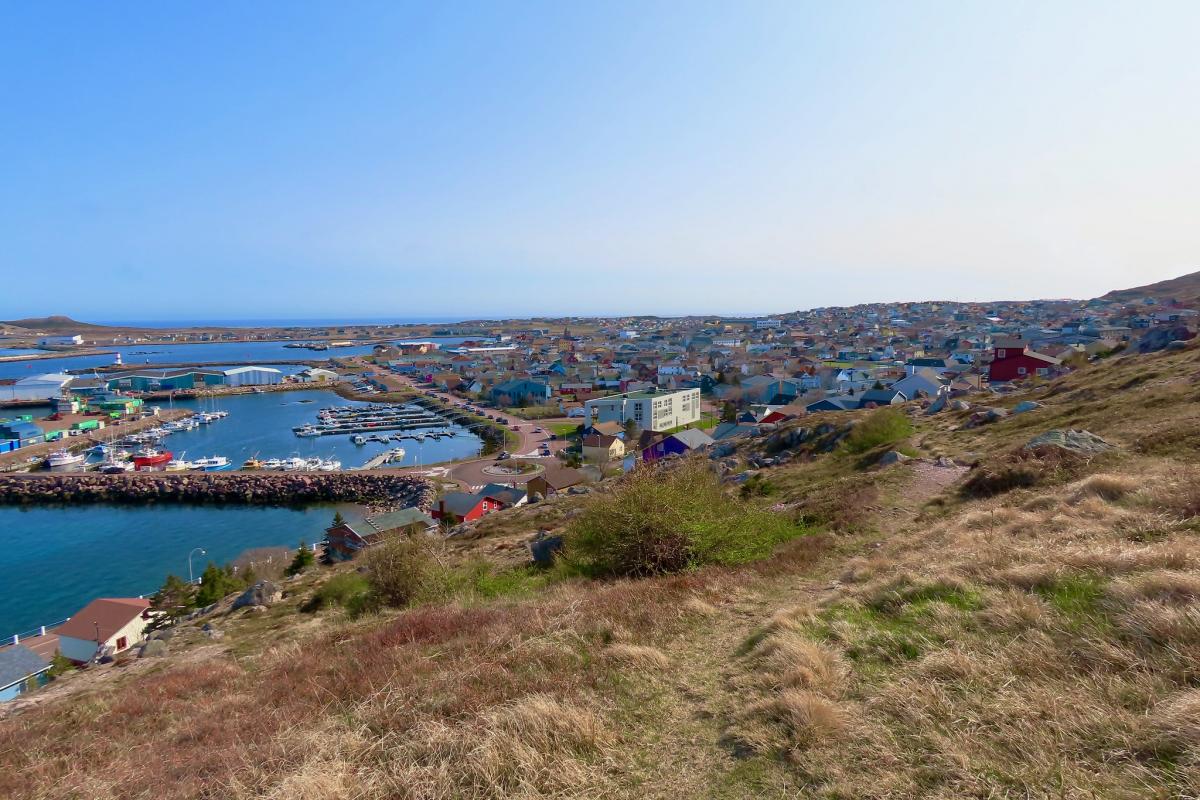Thomas, FP/DC8TM and Martina, FP/DF3TS will be active from Saint Pierre Island, IOTA NA - 032, 31 August - 3 September 2024.
They will operate on HF Bands.
Recent DX Spots FP/DF3TS
Recent DX Spots FP/DC8TM
QSL via home calls buro, direct, LOTW, eQSL.
Saint-Pierre and Miquelon are secluded French islands in the North Atlantic Ocean
Saint-Pierre and Miquelon are overseas French territories located in the northern waters of the Atlantic in the Gulf of Cabot. The small group of islands is all that remains of the vast French possessions in North America that once bore the name New France. The 242 km2 area is home to a total of just over 6,000 people, most of whom live on the island of St Pierre in the town of the same name. Despite the cooler weather, the islands consistently attract tourists with their special atmosphere. The misty overcast weather combined with the majestic landscape and ocean create a picture of seclusion and tranquillity.
 Saint Pierre Island, Saint Pierre and Miquelon. Author - Damien Martin.
Saint Pierre Island, Saint Pierre and Miquelon. Author - Damien Martin.
History of the islands
Saint-Pierre and Miquelon were discovered by Europeans in 1536, but it was not until 70 years later that the first European settlements were established here - by natives of France. Until 1713, the territories were part of the large colony of Acadia, which, in addition to Saint-Pierre and Miquelon, also included part of what is now Canada. As a result of an agreement with England, the mainland portion of the French colony of Acadia was ceded to the British.
During the American war effort, the British forcibly evicted all islanders, accusing France of supporting revolutionary events. Only in 1816 the lands were returned back to the French. All the vicissitudes ended with the islands being officially assigned to France in 1946 as an overseas department. In 1985, the official status changed to an overseas community headed by a prefect appointed by the French president.
Nature and climate in the archipelago
The islands are dominated by hilly terrain and the coastline is riddled with rocky cliffs. The interior of the islands is rich in small rivers and numerous streams. The circumpolar climate is somewhat softened due to the influence of the ocean. Thus, winters here are very snowy, but the temperature drops to an average of 3 degrees below zero centigrade. In summer, the mark on the thermometer reaches a maximum of 16 degrees above zero. Throughout the year the weather "pleases" with fog, heavy precipitation and cold wind gusts.
Due to the rocky relief, abundance of crystalline rocks and bogs, it is rare to find thickets of trees on the islands. Forests are found only on gentle slopes hidden from the wind, but even these rare oases have been virtually destroyed by logging. For the most part, there are stunted conifers growing here, with birch trees - the only representative of hardwoods - occasionally occurring. The wetlands resemble tundra in their vegetation composition.
Local population and cultural background
Virtually the entire population of the islands is of European descent, predominantly French, 95 per cent of whom are Catholic. The national and everyday language is French. Upon arrival in Saint Pierre and Miquelon, you will notice the restrained temperament of the locals, typical of all northern countries. But despite the seemingly cold character of the islanders and the measured way of life, visiting tourists are welcomed with great cordiality and hospitality.
The entire able-bodied population is engaged in fishing and processing of seafood, which in small quantities are exported. The islands have no profit of their own and live on subsidies from France.
 Saint Pierre Island, Saint Pierre and Miquelon. Author - hsadura.
Saint Pierre Island, Saint Pierre and Miquelon. Author - hsadura.
Tourism development in St Pierre and Miquelon
The islands do not boast an abundance of attractions, and due to the specific climate, the country can not be called a resort area. Day trips to the islands as part of a sightseeing tour in the northern part of Canada are common. Locals, as they can, entertain visiting tourists: offer boat trips along the coast, even organise sailing lessons.
In general, holidays in Saint Pierre and Miquelon are interesting to fans of seclusion. People come here to relax from crowds of people and enjoy the solitude, silence and refreshing coolness of the northern waters of the Atlantic.
 Saint Pierre Island, Saint Pierre and Miquelon. Author - Ben.
Saint Pierre Island, Saint Pierre and Miquelon. Author - Ben.
Sights of the archipelago
Despite the fact that the first people appeared on these lands long before the arrival of Europeans, there are no interesting monuments of civilisation here. All that can attract tourists is a walk around the city and the few settlements, where the architecture resembles a French village of the beginning of the last century. There are no UNESCO-protected monuments here, but lovers of antiquity and unusual nature will still find something to do. Here are just some of the interesting places in St Pierre and Miquelon:
- The island of Ile aux Marins, just off St Pierre, is an open-air museum showcasing the life of an old fishing village.
- The grandiose sand dune on Miquelon is 13 kilometres long.
- The ancient cemetery of Saint-Pierre, where you can organise a full tour to explore the unusual combination of French and American styles.
- The Gallantry Lighthouse, a majestic modern structure whose "voice" only emphasises the island's asceticism and atmosphere of seclusion.
- History buffs can visit one of the museums detailing the history of the islands.
Culinary traditions of Saint Pierre and Miquelon
The local cuisine is influenced by the culinary traditions of the peoples who lived here. The cuisine here is a symbiosis of French, Spanish and New World traditions. The islands are located on the migration route of cod, which has made it a staple in most everyday dishes. Cod is served fried, boiled, smoked and salted in almost every restaurant. Other seafood - crabs, mussels, snails - are no less popular.
Along with seafood, traditional frog legs under spicy sauces with potato garnish are served. In every restaurant you will be offered good wine, cognac or champagne brought from France, as the climate does not allow the islanders to make wine.
From exotic dishes, which came from the traditions of the New World, you can taste fried bananas or lasagne, where crab and mussels are used instead of meat. The dessert menu is represented by the same French delicacies - soufflés, custard cakes, chocolate biscuits, ice-cream and other traditional sweets.
How to organise a trip to the islands
When planning a holiday, you should take into account that there are no direct flights to the islands from Europe, you will have to fly through Canada, for example, with a change in St. John's or Halifax. St Pierre and Miquelon has a total of two international airports, one on each island.
In Saint-Pierre and Miquelon, as in France, the main currency is the euro, but due to the large flow of tourists from the U.S. locals are reluctant to accept American dollars for payments.
Another form of communication with the archipelago is by water by ferry, where the starting point is the Canadian province of Newfoundland and Labrador. The islands are included in the many cruise itineraries that sail the North Atlantic during the summer season. You can also sail to the islands on your own on a rented yacht.

